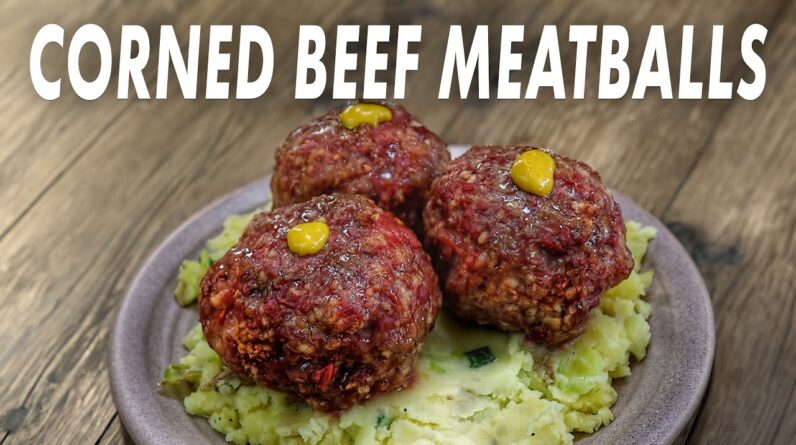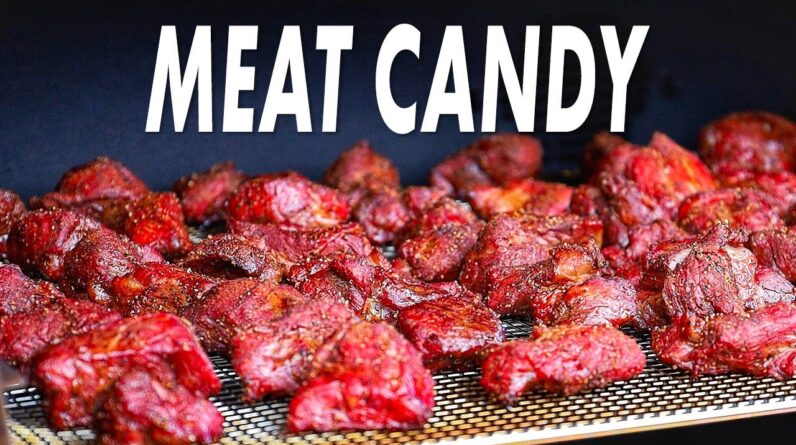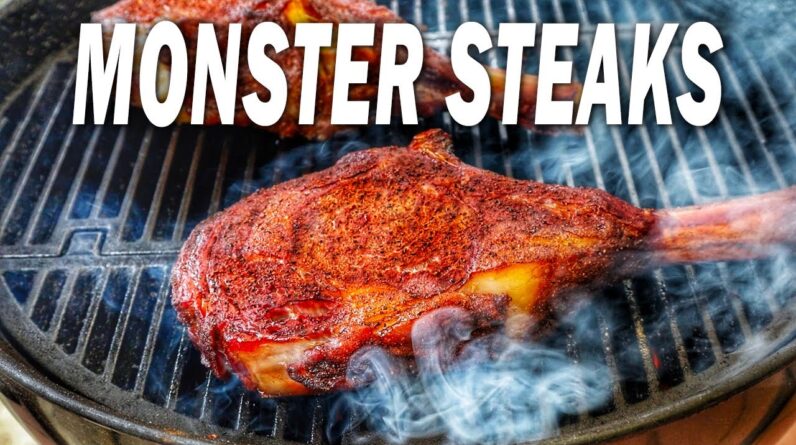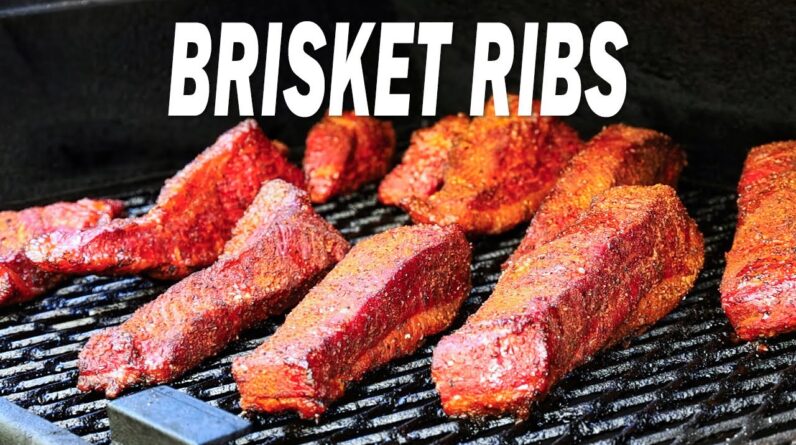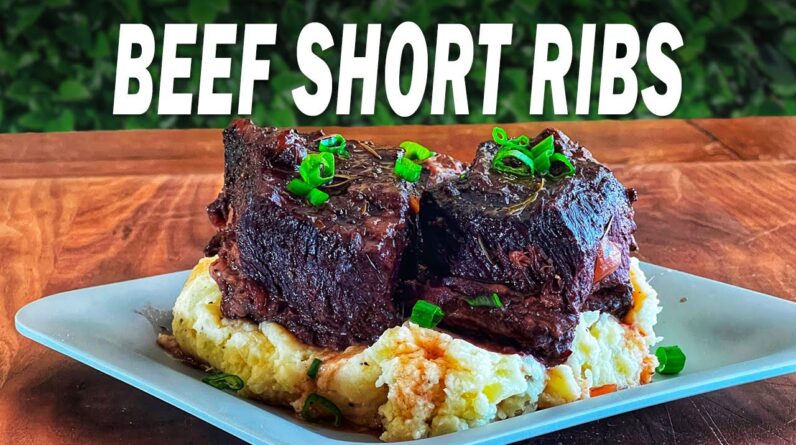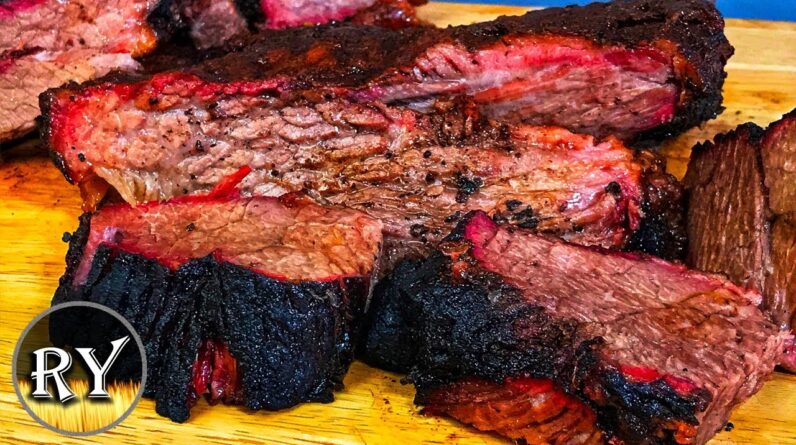
If you’re a fan of smoked meats, you might be surprised to learn that you don’t need an expensive smoker to get amazing results. In fact, with a bit of practice, you can use a regular Weber kettle grill to smoke some of the best brisket you’ve ever tasted. In this post, we’ll walk you through the steps to achieve a perfectly smoked brisket using your Weber kettle grill and a few simple techniques. Get ready to impress your friends and family with your newfound BBQ skills!
How to Smoke Perfect Brisket on a Weber Kettle Grill
Introduction
Smoking a perfect brisket is an art that requires patience, skill, and the right tools. The good news is, you don’t have to be a professional pitmaster to impress your friends and family with a mouth-watering brisket. In this article, we will explore how you can smoke a perfect brisket on a Weber Kettle Grill using a Slow n Sear, Post Oak, and a Coffee Cocoa Rub.
Preparing the Brisket
The first step in smoking a perfect brisket is selecting the right cut of meat. We recommend using a 13lb USDA Prime Brisket for the best results. Before seasoning the brisket, we need to trim the fat. This may seem counterintuitive, but it’s an important step in ensuring that the rub penetrates the meat. Leave some fat on the brisket, but make sure to trim off any excess.
After trimming the fat, it’s time to apply the Coffee Cocoa Rub. This rub is a unique blend of brown sugar, ground coffee, cocoa powder, kosher salt, black pepper, paprika, and chili powder. Generously apply the rub to the brisket, making sure to distribute it evenly. Once the brisket is coated in the rub, refrigerate overnight to allow the flavors to be absorbed.
Smoking the Brisket
Now that the brisket is seasoned, it’s time to start smoking. We recommend using a Weber Kettle Grill with a Slow n Sear for the best results. The Slow n Sear is a fantastic tool that provides excellent heat control and helps to prevent flare-ups.
Start by lighting a chimney of charcoal and pouring it onto one side of the grill. The target temperature for cooking is between 275 and 300 degrees Fahrenheit. Once the grill is up to temperature, add a chunk of Post Oak to the charcoal. The smoke from the Post Oak will infuse the brisket with a rich, smoky flavor.
Place the brisket fat side down on the opposite side of the charcoal, away from the heat source. Close the lid and use the Thermoworks Smoke to monitor the temperature and smoke. We recommend placing the probe in the thickest part of the brisket.
Cook the brisket for several hours, making sure to keep the temperature and smoke consistent. After three to four hours, wrap the brisket in butcher paper to keep it moist and tender. Cook the brisket until it reaches an internal temperature of 203 degrees Fahrenheit.
Once the brisket is done, remove it from the grill and let it rest for at least 30 minutes. This allows the juices to redistribute and ensures that the brisket is tender and juicy.
Conclusion
Smoking a perfect brisket on a Weber Kettle Grill is a rewarding experience that will impress your guests and leave you feeling like a true pitmaster. With the right tools and techniques, anyone can produce a mouth-watering brisket. Remember to be patient, monitor the temperature and smoke, and use quality ingredients for the best results.
FAQs After The Conclusion
- Can I use a different rub for the brisket?
Ans. Yes, you can use a different rub for the brisket. However, we recommend using the Coffee Cocoa Rub for the best results. - Can I use a different type of wood for smoking?
Ans. Yes, you can use a different type of wood for smoking. However, we recommend using Post Oak for the best results. - How long should I let the brisket rest after smoking?
Ans. Letting the brisket rest for at least 30 minutes is recommended to allow the juices to redistribute. - Can I smoke a brisket without a Slow n Sear?
Ans. Yes, you can smoke a brisket without a Slow n Sear. However, we recommend using one for the best results. - How do I know when the brisket is done?
Ans. The brisket is done when it reaches an internal temperature of 203 degrees Fahrenheit. We recommend using a meat thermometer to monitor the temperature.


